Disability & Inclusion Vignettes
Vignette One:
John has dyslexia and has difficulties with reading music. He has an incredible ear and can easily play by rote, but has expressed that when reading music he often gets space notes confused. John has a strong desire to learn to read music, and would like tools to help him gain access to this skill. What are ways we can provide accommodations and/or modifications to ensure his success?
Vignette Two:
Stephanie is a wheelchair user, and has limited use of her right hand. She deeply loves music and wants to participate in an instrumental music class. Stephanie will need a modification in order to hold and play an instrument. In your musical classroom context, what modifications and/or accommodations can we provide for Stephanie to ensure she can fully participate in class.
Vignette Three:
Brandi has a diagnosis of ADHD and often feels overwhelmed by the pace of the classroom. Staying on task and knowing what she is supposed to be working creates a feeling of disempowerment in Brandi. She has expressed that her biggest challenge is feeling overwhelmed when being asked to read music and focus on posture and technique in the classroom. What accommodations/modifications can we provide Brandi so that she can participate in the classroom, while also moving forward with an asset-based learning environment?
Trauma-Informed Vignettes
Vignette One:
Lola has really struggled with math lately and is required to go to tutoring after school for a few weeks. This has cut into her music class time. She splits the time 50/50, and gets half the amount of instruction as the rest of the class. She is showing signs of discouragement and disempowerment, and is falling slightly behind. We do not want her discouragement to snowball and create an internalized narrative of failure or shame. Using the 4 S’s of Secure Attachment, Safe, Seen, Soothed and Secure and Polyvagal Theory- how can we turn towards this student to ensure her success? What would a trauma-informed approach look like in this story?
Vignette Two:
Simon has a diagnosis of ADHD and a history of childhood trauma. He struggles to focus anytime he faces a new challenge on his instrument. He routinely says negative things about himself like “I am so stupid”, or “I will never get this.” One day in his frustration he threw his instrument on the floor, and it scared the entire class. Everyone froze, including Simon who was unsure and afraid of how you were going to respond. How do we help Simon develop regulation skills while also holding him accountable for his actions? What nervous system response comes up in your own body when you think about this experience, and how do you stay regulated so that you can get the classroom back into a space of learning? Using the 4 S’s of Secure Attachment, Safe, Seen, Soothed and Secure and Polyvagal Theory- what a trauma-informed approach to this situation for both Simon and the students in the classroom?
Vignette Three:
You have noticed a pattern of disruptive group behavior in your classroom. Students have been talking while you have been teaching, not paying attention to their technique or posture, and displaying a lack of respect for the rules that have been established. It has gotten to the point that you feel like you can not getting anything done when you teach, and find yourself feeling frustrated and unsure of what to do. What nervous system response are you having in this situation, can you identify how it feels in your body as you face this challenge? Using the 4 S’s of Secure Attachment, Safe, Seen, Soothed and Secure and Polyvagal Theory- what trauma-informed approach can be applied in this classroom? What would best serve the students in “resetting” the classroom, and steering the dynamic back towards a regulated and safe classroom for learning?
